A veranda on the balcony requires a building permit or SCIA, but it is possible to make it removable without any need for authorizations.
Permissions for a veranda on the balcony
According to municipal building regulations, when you decide to build a veranda on the balconyif it is closed and not removable, it requires a permission to buildor a certified notification of commencement of business (SCIA).
Veranda su balcone – Getty Images
This is because any covered and closed area becomes an autonomous room or an extension of an existing space, consequently increasing the total volume of the house and also its commercial value.
Failure to comply with these obligations constitutes a crime of building abuse.
Furthermore, one must take into account the condominium regulationswhich may not allow the alteration of the appearance of the building’s facade.
Furthermore, if the building has a historical or artistic value, or falls within a restricted areait is necessary to obtain the authorization of the Superintendency of Cultural Heritage.
Veranda on the balcony without permits
A veranda on the balcony can be made without permission when:
- the veranda does not have to be fixed to the balcony but removablewithout any demolitions;
- it must not be made of brickwork and must not constitute an extension of volumetry;
- there must be no landscape constraints;
- it is necessary to respect the condominium regulations.
The main difference between what can be done without permission and what requires permission is the livability of space that we are going to cover, close or build.
In practice, any closed and covered space becomes an extension area of an existing room and increases the volume of the house, regardless of the material used for the construction of the veranda.
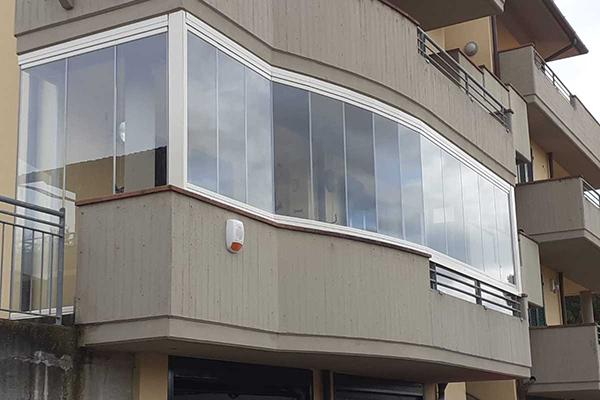 Veranda on Balcony – Beautiful Sliding Glass Doors
Veranda on Balcony – Beautiful Sliding Glass Doors
To close or cover the balcony with structures that include Removable elements and tents do not require permits but, based on municipal regulations, a notice of commencement of works may be necessary and consideration must be given to condominium regulations.
The firm Beautiful Sliding Windows offers consultancy and design for the creation of custom-made sliding glass doors for closing balconies and pergolas, benefiting from the 50% tax deduction and free installation.
Cadastral variation of a veranda on the balcony
The transformation of a balcony or a terrace on the veranda requires a cadastral variation once the work is finished, this is because it cannot be considered a “relevance” in an urban planning sense, as it integrates a new, independently usable space, transforming the shape, volume and surface of the existing building.
Types of Balcony Verandas
The veranda built on the balcony must be equipped with openings to the outside, windows, to allow air circulation and lighting of the internal rooms.
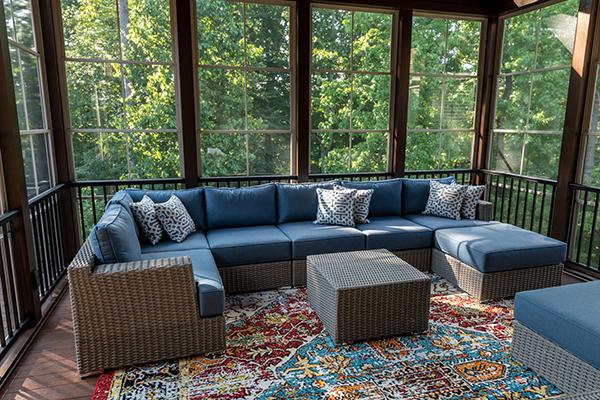 Veranda glass windows on balcony
Veranda glass windows on balcony
The opening doors of the veranda can be in glass swing, book-style or package-style, closing on one side like an accordion on a double track, or sliding.
The covers they can be made the furnitureto protect from the sun’s rays and preserve the privacy of the occupants.
For example, for a modern balcony veranda, you can choose a mobile covering made of adjustable venetian blindswhich can be opened and closed from the inside manually or via an automated remote control.
The best are the aluminum venetian blindswhich also allow you to adjust the intensity of the light.
Types of glass for the balcony veranda
The veranda must necessarily be built with safe glass e resistant both to atmospheric agents such as rain, wind and hail, and to possible incursions by malicious people.
They are recommended safety glass, reflective o absorbentswhich reflect the sun’s heat outside, avoiding the greenhouse effect during the summer.
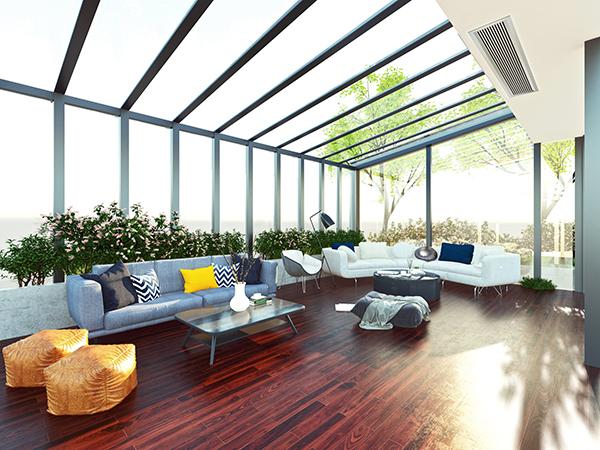 Balcony Veranda – Glass Surfaces
Balcony Veranda – Glass Surfaces
Low-emissivity glasswhich retain the heat created inside the veranda in the cold season, allowing you to save on heating the room.
Sound-absorbing glassto acoustically isolate the veranda from external road traffic.
Self-cleaning glasswhich, through a special external layer, dissolve dirt with the help of solar rays, which is then washed away by the rain.
To maintain an ideal temperature in the veranda, it is necessary to monitor its ventilation and air conditioningwith air flow systems placed in the parapet or in the skirting and air flow systems placed high up, on the canopy.
The air conditioning of the veranda can be done with the natural or mechanical ventilationregulated by a hygrostat or thermostat, to ensure air exchange.
Materials for building a veranda on the balcony
The supporting structure of a veranda built on a balcony can be made of different materials:
- woodideal in countryside or mountain areas, but requires constant maintenance, with periodic treatments to protect against the elements;
- aluminumlight and resistant, suitable for the verandas of condominiums located in the city;
- PVCcheaper material, can take on different aesthetics, insulating and resistant over time.
The coverif fixed, can be made in polycarbonatetransparent and lightweight, rigid and weatherproof, easy to install, ideal for modern style contexts.
Balcony veranda covers in wood They are generally made of fir with autoclave treatment, or of laminated or solid wood.
The covers in aluminumwith plates positioned on load-bearing structures also in aluminium, allow the installation of a photovoltaic system, even an integrated one.
The company Corradi creates verandas with different materials: PVC, aluminium, and offers a new closure called Briodesigned to provide versatile protection from light and atmospheric agents.
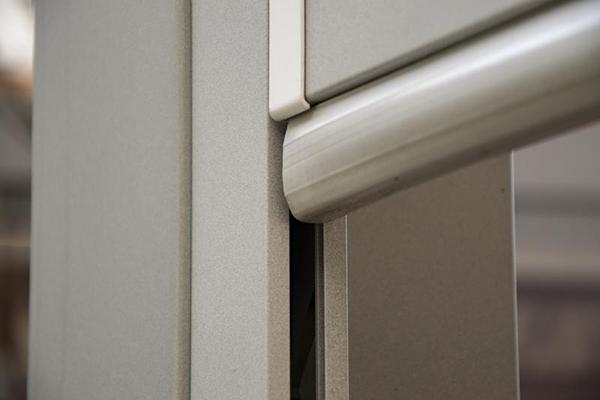 Brio Veranda Closing System – Corradi
Brio Veranda Closing System – Corradi
This is a highly resistant telescopic blocking system, for optimal tensioning of the canvas, which can be transparent, filtering or darkening.
Brio it can be combined with many solutions, also creating a partial integration that minimizes its presence on the structure.
How to furnish a balcony veranda
Depending on the intended use of the veranda, you can choose whether to create a cozy living rooma dining room or a living spacewhere you can read a book in complete tranquility.
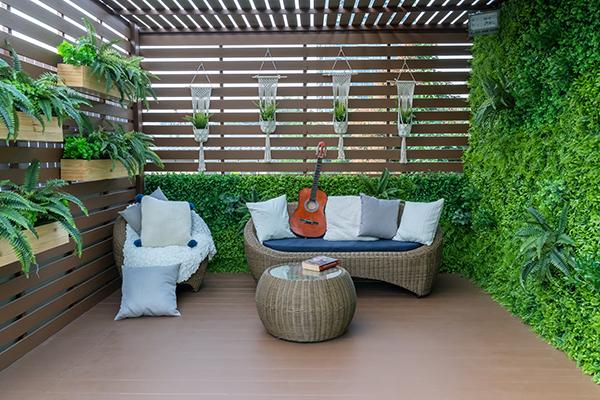 Balcony Veranda – Living Room Furniture
Balcony Veranda – Living Room Furniture
Furnishing the veranda by creating a living room or a winter Garden It is one of the most requested design solutions.
You will be able to choose a particular furnishing style, so as to customize sofas and armchairsfor example the rattan furnitureclassic and evocative, pastel-toned fabrics with a chic touch, or a sparkling mix of colours.
You could also furnish the veranda with a swing or some suspended elements unusual, which will allow you to relax in a suggestive space.
Make a lunch area on the veranda you can have lunch and dinner in a space that leaves an unobstructed view towards the outside, enjoying the communication between inside and outside.
Source: www.lavorincasa.it


